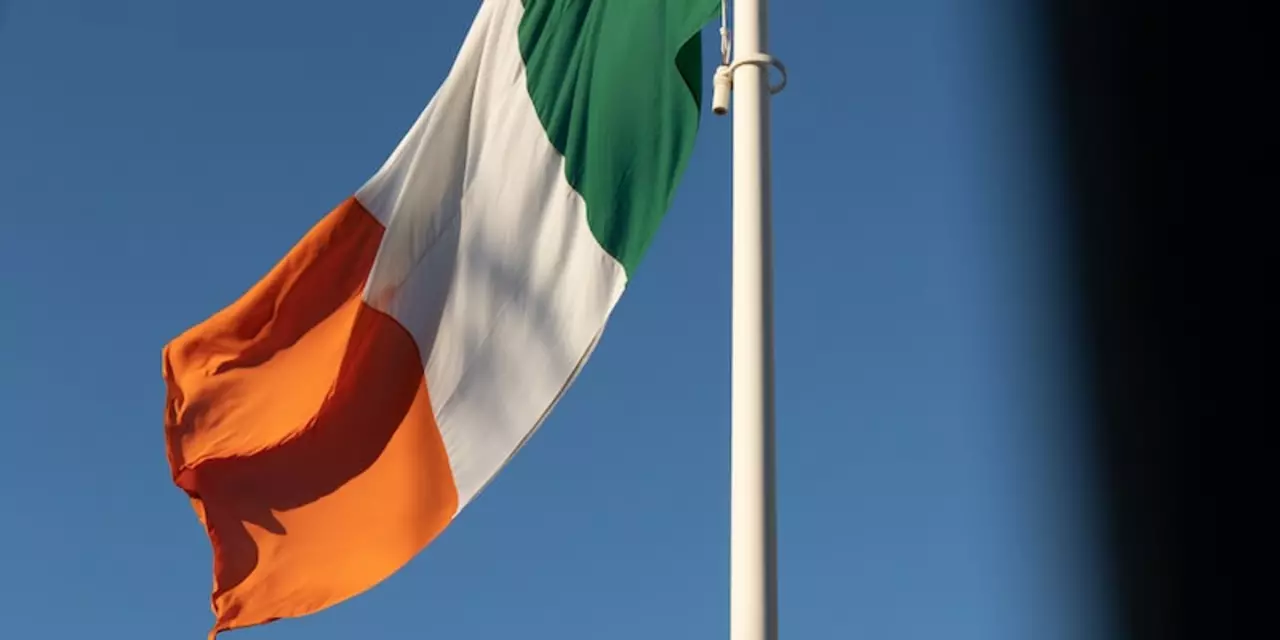The question of where modern Irish people are descended from is one that has long fascinated historians, archaeologists and anthropologists. While the answer may be complex, research suggests that the modern Irish people have a deep and ancient ancestry.
The earliest settlers of Ireland date back to around 8,000 BC, when hunter-gatherers arrived on the island. Over the centuries, the population of Ireland saw waves of various peoples, including Celts, Vikings, Normans and more. Each of these peoples brought their own culture, traditions and language, which all eventually blended together to create the distinct Irish culture we know today.
The Celts were a major influence on the development of the Irish people. They arrived in two waves - the first in the 6th century BC, and the second in the 4th century AD. The Celts brought their own language - Irish Gaelic - which is still spoken by some people today. It is likely that these ancient Celts were descended from the earlier hunter-gatherers, but their language and culture was distinctively different.
The Vikings also left their mark on the Irish people. They arrived in Ireland in the 8th century, and by the 10th century had established settlements and trading ports. The Vikings introduced their own language - Old Norse - which had a huge influence on Irish Gaelic, and brought with them a new sense of culture and trade.
The Norman invasion of Ireland in the 12th century saw the introduction of yet another culture and language. The Normans brought their own language, French, to Ireland, and also had a strong influence on the culture and language of modern Irish people.
All of these cultures and languages eventually blended together to form the distinct Irish culture we know today. While much of the original culture has been lost, the ancient roots of the Irish people are still visible, and can be traced back to the earliest settlers of Ireland.
Ireland is a nation with a rich history, and understanding the migration histories of its people is essential to understanding the Irish today. From the Celts to the Normans, the Irish have seen a variety of different peoples come and go throughout their history. In this blog post, we'll take a look at the various groups that have contributed to the modern Irish population and how they have shaped the nation.
The Celts were the first major group to arrive in Ireland, settling in the region around the 4th century BC. They were a diverse and decentralized people, but were united by their shared language and culture. The Celts brought with them their own unique language, art, and culture, which has profoundly influenced the Irish culture today.
The next major group of arrivals were the Normans, who invaded Ireland in the 12th century. The Normans brought with them a new language, a feudal system of governance, and a distinct culture. Though their influence waned in the following centuries, their legacy can still be seen in the form of the Irish language, which is still spoken by many in Ireland today.
The British also played an important role in the formation of the Irish population. In the 17th century, the British began to colonize Ireland and imposed their language, culture, and religion on the native Irish. This period of colonization and oppression had a profound effect on the Irish people, and the legacy of this period can still be seen today in the form of the English language and the Protestant religion.
Finally, a significant number of Irish people can trace their ancestry to immigrants from other countries. In the 19th century, hundreds of thousands of Irish people emigrated to the United States, Canada, and other countries in search of a better life. These immigrants brought their own cultures and customs with them, adding to the already diverse population of Ireland.
The origins of the modern Irish people are complex and varied. From the Celts to the Normans, the British to the immigrants, the people of Ireland have seen a variety of different peoples come and go throughout their history. However, one thing is certain: the Irish people of today are a vibrant and diverse population, and their unique culture is a testament to their rich and varied history.
Wondering where the modern Irish people are descended from? Recent genetic studies have revealed a complex history of migration and intermarriage that has shaped the modern Irish population, and the answer might surprise you.
The Irish population is made up of a unique mix of genetic influences from the early Celtic settlers, Norse invaders, and later migrations from Britain, continental Europe, and other parts of the world. By looking at the genetic makeup of modern Irish people, researchers have been able to trace the movements of these different populations and how they have blended together over time.
The earliest inhabitants of Ireland were Stone Age hunter-gatherers, who arrived in the islands around 9,000 years ago. Around 4,000 years ago, the first Celtic farmers arrived in Ireland, bringing with them a distinct genetic line that can still be seen in modern Irish people. This initial wave of Celtic settlers was followed by a series of invasions and migrations including the Norse and Anglo-Saxons, which had a significant influence on the genetic makeup of the Irish people.
More recent migrations from Britain and continental Europe, as well as other parts of the world, have added to the genetic diversity of the Irish population. This has resulted in a unique mix of genetic influences, making the modern Irish people a true product of the past.
By studying the genetic legacy of the Irish people, researchers are able to gain a better understanding of the population's history, and how it has shaped the modern day Irish population. This knowledge can help us to better understand the Irish identity, and how it has been influenced by different cultures and populations over time.
